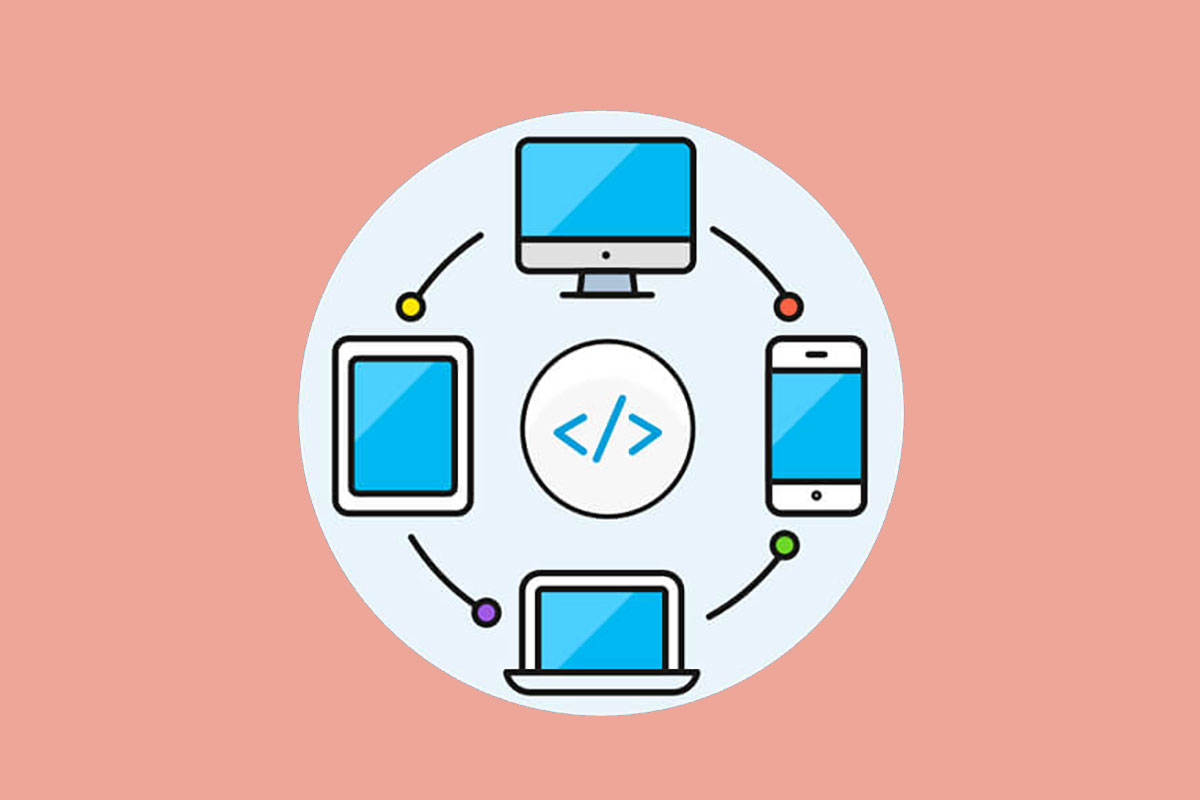Users benefit from workouts, nutrition tracking, and guided exercise regimes in fitness apps. No wonder they have become so indispensable. When companies opt for fitness mobile app development, the choice of the development platform remains one of the critical ones.

Often, cross-platform development stands out as a compelling choice. In this guide, we’ll discuss why businesses should go for this option, popular frameworks for development, and emerging technologies.
Why Companies Choose Cross-Platform Development for Fitness Apps?
Making mobile apps for iOS and Android from a single codebase is time and cost-efficient. Yet, there are a few other beneficial factors:
- Leveraging Native Features. Despite a shared codebase, cross-platform apps can still tap into native device functionalities. For example, they can enrich the user experience with GPS and sensor integration features.
- Uniform UX. Users want a consistent experience across their devices. Such development guarantees this consistency, enhancing user satisfaction.
- Cost-Effectiveness. Developers write a unified codebase, eliminating the need for separate iOS and Android codebases. This streamlines development and cuts down on maintenance costs.
- Expanding Audience Reach. By encompassing iOS and Android platforms, fitness apps can reach a vast audience without redundant development efforts.
- Accelerated Development Cycles. The streamlined development process results in quicker app updates and feature rollouts. This way, your app always remains competitive and up-to-date.
- Simplified Maintenance. Managing a single codebase is easier and enhances the efficiency of bug fixes and updates.
- Reduced Development Costs. Companies can avoid the expenses of maintaining separate teams for iOS and Android.
- Timely Market Entry. The fitness app market never stops evolving, and cross-platform development enables quicker launches, helping you stay ahead of trends.
- Uniform branding across platforms is crucial for maintaining a strong brand identity.
- Enhanced User Engagement and Retention. The consistent and reliable UX leads to improved user engagement and higher retention rates.
Popular Tools for Cross-Platform Development for Fitness Apps
The most suitable tool for creating a certain fitness app depends on its features, target audience, and preferred user experience. Let’s take a look at the most popular choices for cross-platform fitness app development.
React Native
Developed by Facebook, React Native allows for building mobile apps using JavaScript and React. It’s ideal for apps requiring strong UI/UX and moderate device integration. Several strengths contribute to its popularity:
- Code Reusability. Write once and use it on both iOS and Android.
- Strong Community Support. Large community and abundant resources for troubleshooting.
- Live Reloading. Facilitates quick development and testing.
Some limitations that developers may face include:
- Performance Issues. It may not match native performance for graphics-intensive tasks.
- Native Modules. Some features require native module development.
Flutter
Created by Google, Flutter uses the Dart language for developing natively compiled applications. It is the best for visually rich apps and those requiring smooth animations. Let’s examine some of Flutter’s strengths:
- High Performance. Close to native performance with its own rendering engine.
- UI Consistency. Customizable widgets for consistent UI across platforms.
- Growing Ecosystem. Increasing support and libraries.
Potential challenges that should be considered before choosing Flutter for cross-platform fitness app development are:
- Larger App Size. Can result in larger application binaries.
- Learning Curve. Requires understanding of Dart, which is less common.
Xamarin
This Microsoft-owned framework uses .NET and C# to build iOS, Android, and Windows apps. It is effective for apps requiring extensive data processing and integration with existing .NET services. Some of its strengths include the following:
- Native Performance. Offers strong performance with native UI controls.
- .NET Ecosystem. Benefits from the robust .NET ecosystem.
- Comprehensive Development Environment. Integrated with Visual Studio.
Yet, it also comes with some limitations:
- Larger App Size. Tends to have larger app sizes compared to native apps.
- Limited Community. Smaller community compared to React Native or Flutter.
Integration of Emerging Technologies
There are several technologies that we may see more often in fitness apps soon. Yet, their integration requires a deep understanding of user needs and market trends. They must enhance the user experience and contribute to the app’s value proposition.
Augmented Reality
AR offers a unique and interactive dimension to fitness apps. It can enhance user engagement through virtual trainers and interactive workout environments. However, AR integration demands careful attention to UI/UX design. It may be tricky, but ensuring a seamless and intuitive user experience across different platforms is important.
Wearable Technology
Smart devices have become valuable tools for real-time health tracking and data analysis. The key challenge is to ensure compatibility and seamless data synchronization across wearables.
Blockchain Technology
While more prevalent in fintech, this technology is being explored for its potential in secure data management. The main consideration for blockchain is its integration complexity and the impact on app performance.
Artificial Intelligence and Machine Learning
They enable personalized experiences and predictive analytics in fitness apps. AI and ML aid in customizing workout and nutrition plans, adapting to user preferences and behaviors over time. Still, the complexity of AI algorithms and privacy and security of user data remain challenging aspects.
Chatbot Assistants
Voice and chatbot integration enhances user interaction as it provides hands-free control for users. The challenge is to develop sophisticated natural language processing capabilities. They must offer value and accuracy in user interactions.
Conclusion
Businesses should design apps that seamlessly work across different operating systems and devices. Cross-platform development allows them to build robust fitness apps that deliver a great user experience on iOS, Android, and other platforms.
The tools and trends covered in this article help overcome the complexities of cross-platform development. It’s crucial to build with portability in mind. This way, fitness app creators can bring their innovative solutions to users everywhere, no matter what devices they have.









